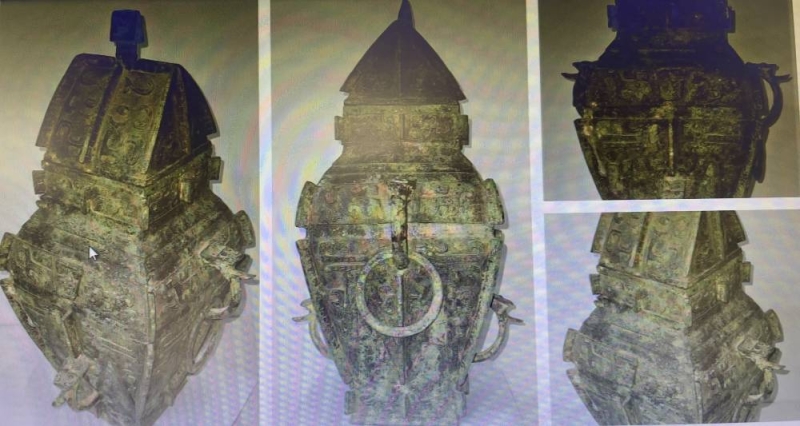The growing craze for Denim in India
The growing craze for Denim in India
Published: 12:00 am Aug 21, 2005
New Delhi, August 21:
Denim seems to be the fabric in vogue with sale counters in major Indian cities displaying designer shirts and embroidered kurtis made of the material in addition to jeans. Studded, embroidered, block printed and created by both designer labels and the usual brands like Timberlands, Woodland and Lee Cooper, the shirts are priced Rs 350-850 Indian Currency (IC). Ever since Levi Strauss invented it in the 19th century, the durable blue fabric has remained a favourite. “Denim has always been an everyday symbol for style,” says Ritu Kumar, who launched her Label couture with kurtis that are embroidered as well as beaded intricately and priced at about Rs 1,100-1,300 IC. Ritu’s denim ware seemed more brushed down — the kurtis had a feel of softness and the embroidery gave it an extra edge. “It’s something you could wear even for an outing to a night club over cream pants,” she said.
At stores in New Delhi’s upmarket South Extension there is Mex, Big Jo’s, Woodlands and Lee Coopers where denim dreams come true. At Levi Strauss you can get into the premium denim world. From the rows and rows of blue jeans at its stores young college goers pull out Rock & Republic style look-alikes with high back pockets.
“There are nearly 300 brands selling in the cities themselves,” says a salesman at Big Jo’s. The shop has jeans with small pockets, big pockets, with pockets at special angles, close together pockets that make a wide butt narrower and jeans with no yoke to make the butt seem extra round. There are jeans with rhinestone embellishments and embroidered pockets to call attention to the butt, and ones with plain pockets too. Selling jeans in India and anywhere in the world has become the study of the anatomy of both denim and the derriere.
“When women wear denim it (the derriere) must look elegant,” says Ritu Kumar, “It’s the second thing every woman looks at in the mirror, but it’s the first thing she cares about. She does that half twirl, her back arched and her head craned around. If the jeans are right, the experience is transforming, like putting on a magic cloak.”
Light jeans, dark jeans, white jeans (first sported by musician Kenny Gee when he played his Breathless concert at Washington in 1993) have all gone through all kinds of moulds. “Our jeans are utilitarian. We bought them in stores decorated with hay bale,” says a young Indian from Washington whose jeans have a dragon emblazoned, “Girls love these jeans; I picked them up for a mere $50 bucks at an Xmas sale. Jeans never die.” “We fooled with acid washes and elastic waists. We had pocket technology. We had choices. Now we are clad in the denim of the 21st century, a pragmatic, pioneer material made decadently new. From our perfect behinds, we can see the future,” he laughs. “I live for jeans,” says 15-year-old Delhi schoolboy Suchit Arora who bought three pairs at Rs 1,500 IC each. There are dark jeans for nights out and light jeans for the daytime. There are white jeans with pink stitching and blue ones embellished with turquoise-coloured stones. There are jeans with worn hems and jeans with wire in the back pockets to give them a perpetually wrinkled look. There’s a style called ‘ripper’, with the bottoms and pockets all shredded, and another with the description
‘destroyer’. “The darker the jeans, the thinner the look,” Suchit says, like a fashion philosopher, though a mere schoo-lboy. For the jean lover, the mystique continues.





